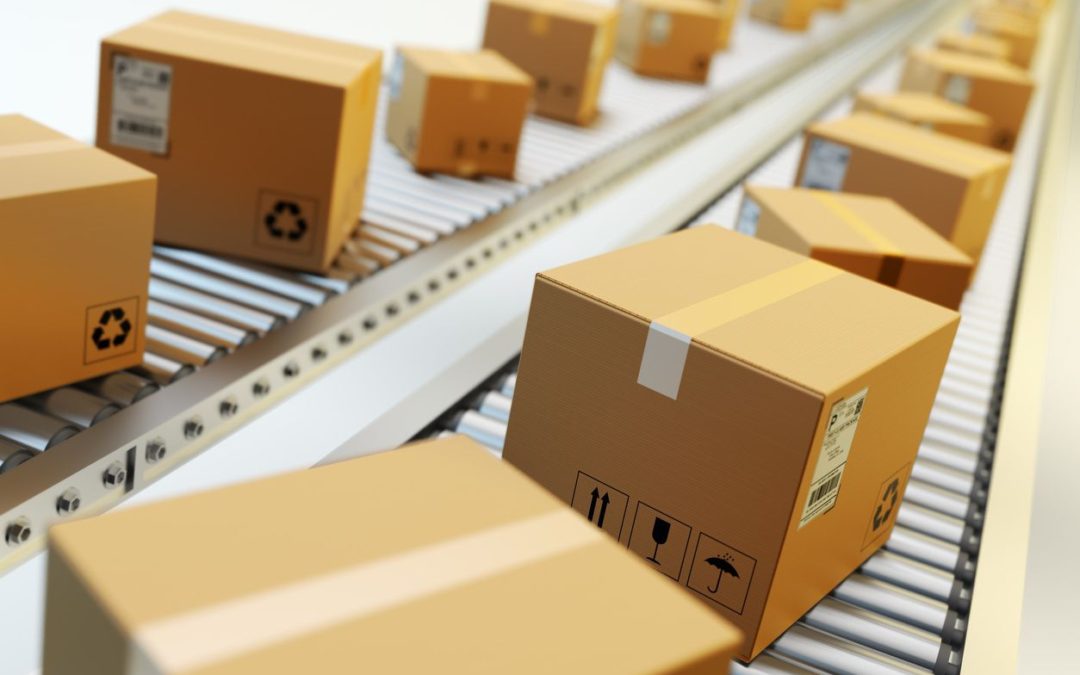Being an eCommerce retailer means you generally have a lot on your plate. So, choosing to outsource your fulfillment operations is one way to help spare you some added costs and hassles. However, choosing to outsource means you could be putting success or failure of your business into someone else’s hands. Between inaccurate inventory, shoddy packing, and lengthy delays in shipping eCommerce fulfillment hiccups can greatly affect your bottom line. Fortunately, there are some simple steps you can take to ensure the setup of your eCommerce fulfillment is effective, quick, and without a lot of issues that could negatively impact your customers.
There are a few basic steps to consider before you start sending your inventory to the fulfillment provider and preparing to link your shopping cart to their warehouse.
- Account Setup – this is the first key step in setting up a fulfillment provider. You will want to ensure that all processes and any potential issues are accounted for and that adequate contingencies are in place should they occur. Another aspect of the account setup process in setting up your communication preferences. Things like who will communicate with the warehouse and fulfillment provider, billing procedures, major points of contact, and reviews should all be clearly outlined during account setup. Finally, defining a testing period is key. Being able to test placing orders, making changes to order, returns, as well as communications, inventory controls, and other crucial details is critical to the success of your fulfillment operation.
- Integrated Shopping Carts – While most providers integrate with popular eCommerce platforms and shopping carts, some have proprietary software that deal with everything from packing slips, customer communication, and returns. Whatever software you use it should also relay important details back to you. It should communicate when items are sold, what your inventory looks like, and where any order might be at any given moment. Be sure that any previous order information can also be transferred to the new system so that returning customers don’t have to set up new credentials.
- Sending Inventory to the Fulfillment Provider – Prior to sending your products to your new fulfillment provider you should complete a thorough inventory. Taking the time to create a detailed master list of your product numbers (SKUs) and details (descriptions) will do the most to set your provider up for success. Be sure to include items that are currently out of stock or unavailable. Also include every bit of data you have on a product including variations, sizes, colors, kits, and combinations. Once you have a detailed inventory prepared you will need to coordinate the shipping of your items to the warehouse. Once it arrives, the fulfillment team will re-inventory and properly store your products as well as enter your data into their system. You may want to consider arranging a product training with your fulfillment team, especially if you have products that need special attention during the pick, pack, and ship process.
- Order Processing – Making sure your fulfillment provider understands your preferences for processing orders, shipping methods, and completing orders is a critical step in setting up with them. If you have international customers, you need to make sure they are familiar with international packing and labeling. Also, ensure that the shipping terms that you require are being guaranteed.
- Handling Returns – If your fulfillment provider is going to be handling your returns you need to make sure that understand the process you require, especially communicating with you about what is returned and why. This will help you to ensure your customers are getting premium service in the event they need to make a return.
Understanding that the eCommerce fulfillment provider will be in charge of so many steps key to your sales (and returns) as well as inventory management, shows the huge impact they can have on your business. Taking the time to ensure that all of these steps are setup properly, down to the last detail, will allow you to rest easy knowing your customers will be taken care of as if you were handling it yourself.

